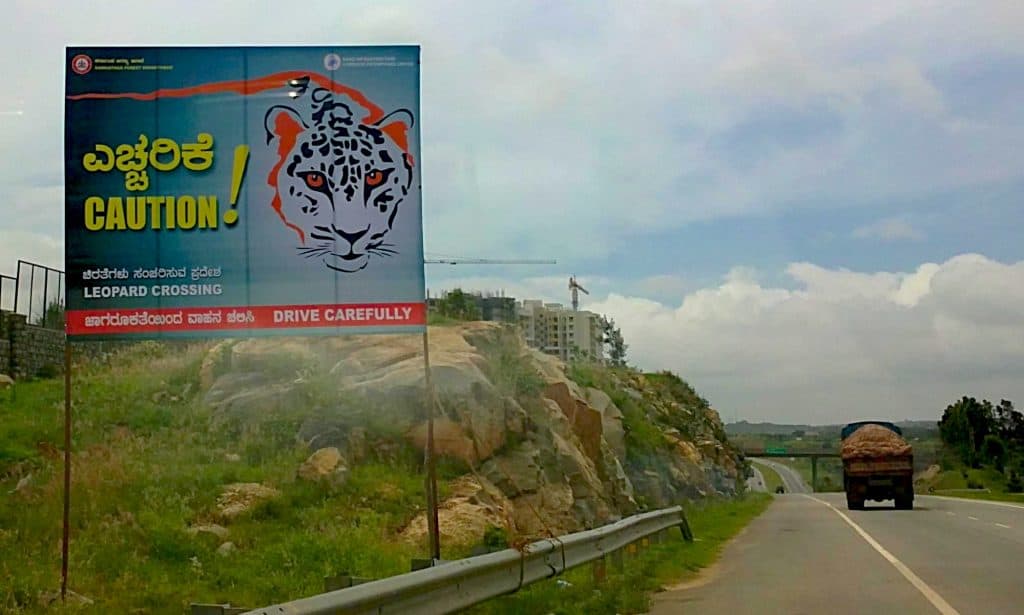Several leopard sightings were reported in the city this month. A leopard wandering around Kudlu Gate in South Bengaluru was caught after a five day search. Unfortunately , the animal passed away in the veterinary hospital in Bannerghatta biological park after it was shot when it attacked a veterinary doctor.
This is not the first time that leopards have been sighted in the city. In 2016, an eight-year old male leopard had entered Vibgyor High in Marathahalli. Wildlife conservationist, Sanjay Gubbi, was called to rescue the leopard. He had sustained serious injuries when the leopard attacked him. However, the leopard was eventually tranquilised and taken to Bannerghatta rescue centre.
In light of these events, senior reporter, Bhanu Sridharan interviewed wildlife conservationist and biologist, Sanjay Gubbi, to shed light on various concerns.

The interview provides an overview of leopard distribution and biology and addresses why leopards are straying into Bengaluru; causes of leopard sightings in cities; recommended government action; ideal behaviour in case of leopards in people’s neighbourhoods; and whether people should be afraid. The interview also addresses challenges of leopard rescue and why it sometimes goes wrong.
Read more: Co-existing with leopards in our backyard
About Sanjay Gubbi
He is a wildlife biologist and conservationist. His work focuses on the conservation of large carnivores like tigers and leopards, working on applied aspects and understanding their population biology, proposing conservation policies for their protection. He is the founder of the Holematthi Nature Foundation.